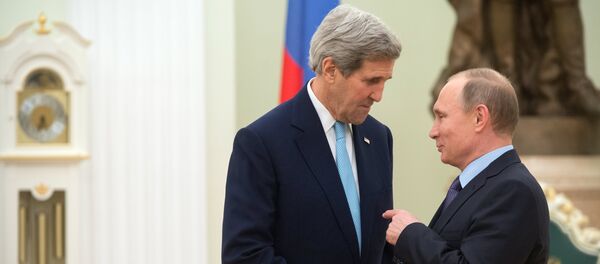The officials refused to reveal concrete numbers on approval but claimed that the special operations contingent will be many times larger by contrast with the current level of 50 soldiers in Syria. A White House spokesperson declined to comment on the reports.
Officials noted that America is working on reinforcement now that Daesh terrorist group has suffered several major losses in Syria, including a retreat from the city of Palmyra and elimination of several of the group's top leaders that were killed in airstrikes.
In December 2015, the US declared that it was deploying special operations forces to Syria and Iraq to fight against Daesh after it claimed that only several dozen ground troops would be dispatched there.
On February 22, Russia and the United States reached an agreement on a ceasefire in Syria. The UNSC unanimously adopted Resolution 2268, endorsing the Russia-US agreement on the cessation of hostilities in Syria on February 26, shortly before the ceasefire came into force. The ceasefire took effect on February 27.
Russia began its aerial anti-terror campaign in Syria on September 30, 2015, at the request of Syrian President Bashar Assad.
On March 14, Russian President Vladimir Putin ordered Defense Minister Sergei Shoigu to start the withdrawal of the Russian contingent from Syria, as its assigned tasks had been completed.




